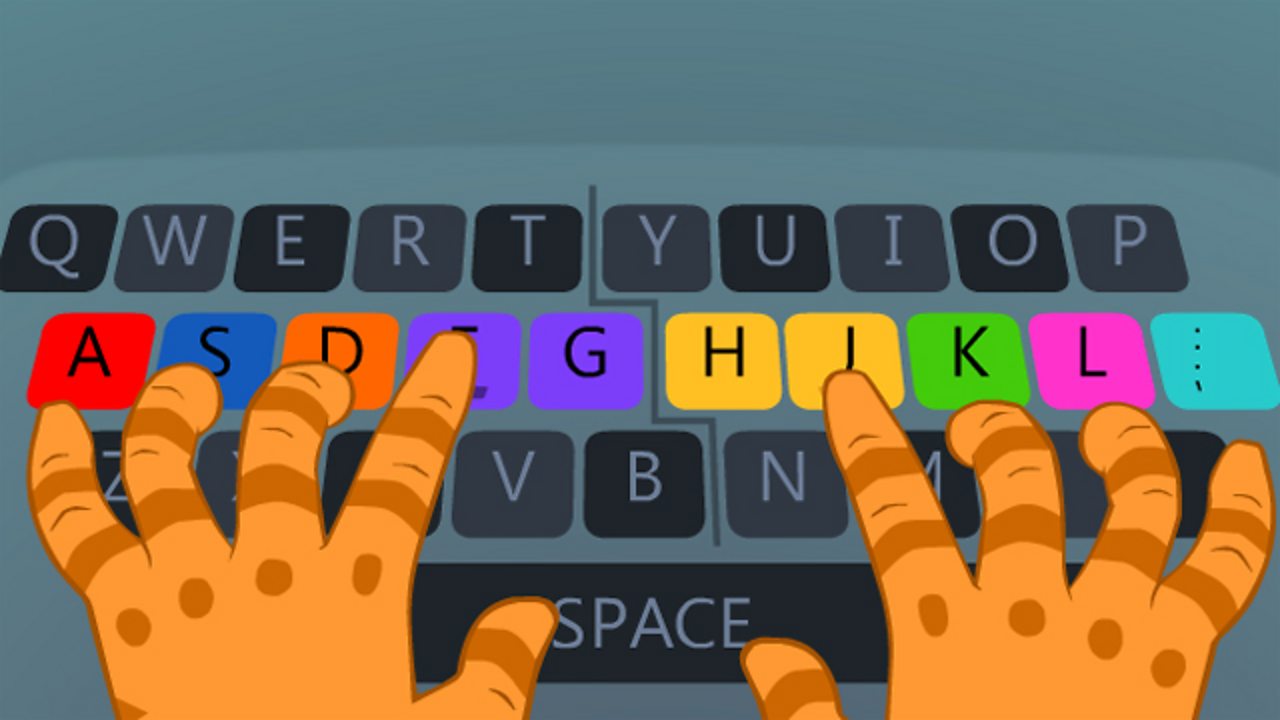Share on facebook share on twitter. ZType (c) – phoboslab.org – contact – soundtrack.
Play Run 2 Unblocked game on-line free. That is one other working survival game from “Run” franchise. This game is nice for teenagers and elder folks as they’ll sharpen their reminiscence by taking part in Run 2. Developer of this game specifically designed this game for instructional functions however in very entertaining method.
In case your reminiscence will not be good otherwise you neglect issues extra typically, we advise you to play Run 2 Unblocked on common foundation as this game will enhance your memorization expertise. Use the arrow keys to both run or skate via the three dimensional course. If the game appears to be too quick, hit pause (or press p) and set the body charge to excessive.
It will make it a bit simpler so that you can time these jumps completely! Damian marley ft nas patience mp3 download free mp3. This game requires huge focus and memorization!
In this and the next few videos, I hope to explore different types of regions in three dimensions. And these will be useful for thinking about how to evaluate different double and triple integrals and also some interesting proofs in multivariable calculus. So the first type of region, and it's appropriately named, we will call a type 1 region. At first, I'll give a formal definition. And hopefully, the formal definition makes some intuitive sense.
But then I'll draw a couple of type 1 regions, and then I'll show you what would not be a type 1 region because sometimes that's the more important question. So type 1 region, maybe a type one region R, is the set-- and these little curly brackets means set-- is the set of all x, y's, and z's. It's the set of all points in three dimensions such that the x and y's are part of some domain, are a member-- that's what this little symbol represents-- are a member of some domain.
And z can-- essentially varies between two functions of x and y. So let me write it over here. So f1 of x, y is kind of the lower bound on z. So this is going to be less than or equal to z, which is less than or equal to another function of x and y, which is going to be less than or equal to f2 of x and y. And let me close the curly brackets to show that this was all a set. This is a set of x, y's, and z's.
And right here, we are defining that set. So what would be a reasonable type 1 region? Well, a very simple type one region is a sphere.

So let me draw a sphere right over here. So in a sphere, where it intersects the x, y plane-- that's essentially this domain D right over here. So I'll do it in blue. So let me draw my best attempt at drawing that domain so that this is the domain D right over here for a sphere. This is a sphere centered at 0, but you could make the same argument for a sphere anywhere else. So that is my domain. And then f1 of x, y, which is a lower bound of z, will be the bottom half of the sphere.
So you really can't see it well right over here, but it would be-- these contours right over here would be on the bottom half. And I can even color in this part right over here.
The bottom surface of our sphere would be f1 of x, y, and f2 of x, y as you could imagine, will be the top half of the sphere, the top hemisphere. So it'll look something like that.
This thing that I'm drawing right over here is definitely a type 1 region. As we'll see, this could be a type 1 type 2, or a type 3 region. But it's definitely a type one region. Another example of a type 1 region-- and actually this might even be more obvious.

So let me draw some axes again, and let me draw some type of a cylinder. Just to make it clear that our domain, where the x, y plane does not have to be inside of our region-- let's imagine a cylinder that is below-- well, actually I'll draw it above-- that is above the x, y plane. So this is the bottom of the cylinder. It's right over here. And once again, it doesn't have to be centered around the z-axis. But I'll do it that way just for this video. Actually, I could draw it a little bit better than that.
So this is the bottom surface of our cylinder, and then the top surface of our cylinder might be right over here. And these things actually don't even have to be flat. They could actually be curvy in some way. And in this situation, so in this cylinder-- let me draw it a little bit neater. In this cylinder right over here, our domain are all of the values that the x and y's can take on. So our domain is going to be this region right over here in the x, y plane.